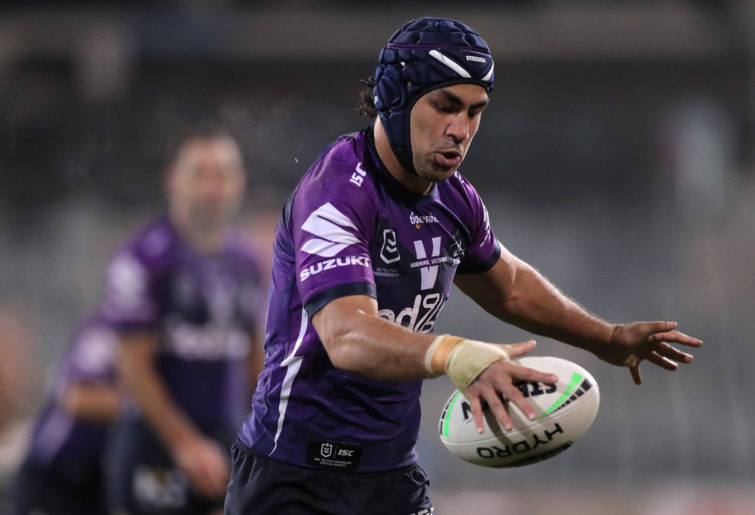WATCH: Cam Green soars with 'Go go Gadget' arms to take an IPL stunner
The Aussie needed every centimetre of his height and reach to reel that one in!
Opinion
Cultural sensitivity is the buzzword on everyone’s lips at present.
Every person, business and sporting organisation creates its own culture and expects its employees (or in the case of a person, their friends) to uphold and respect their culture.
So, what is culture?
In the sense of sport, culture is the ideas, traditions, values, behaviour and expectation of a club or organisation that is upheld both on and off the field.
All clubs expect their employees to live by their cultural values and adhere to certain standards to be a member of that club. A club’s culture directly contributes to producing excellence through its employees, its cultural expectations and its roster decisions.
A club’s employees drive the club’s culture from the owner on down. John Buchanan, head coach of the Australian cricket team for much of its golden era, set a culture of hard work, grit and determination, culminating in that now-infamous boot camp before the 2006-07 Ashes series.
He juggled, with moderate success, players with huge egos like Shane Warne, Steve Waugh and Michael Clarke and, by and large, got them all to sing from the same hymn sheet (even if Warne’s singing was slightly off-key and often laced with sarcasm).
Every single person in that great Australian side bought into the culture of excellence that was mandated by John Buchanan and enforced by Steve Waugh and the senior leadership of the Australian cricket team.

(Credit: Ben Radford/Allsport/Getty Images)
A club’s cultural expectations, enforced by senior players and captains, are key in building excellent sides. Johnathan Thurston was the epitome of excellence.
Even in his last season in the National Rugby League, he would frequently lead the kick chase down the field. Thurston had earned the right to ask others to do the hard work for him, but time and time again, he would show up the younger players by leading them down the field and working harder than anybody else.
Steve Waugh’s hard-nosed brand of leadership came from the top, and this uncompromising Australian style was the hallmark of future Aussie Test teams.
However, clubs must be willing to act when players breach their guidelines and issue bans. The Corey Harawira-Naera and Jayden Okunbor situation was dealt with effectively by the Canterbury Bulldogs, and the overturning of their bans was not so much an oversight by the Bulldogs as it was by the NRL.
Likewise, Shane Warne and Mark Waugh’s suspensions from cricket for various infractions demonstrated that Cricket Australia (or the Australian Cricket Board at the time) were prepared to take those things seriously.
Finally, a club’s roster decisions are responsible for its excellence. Imagine where the North Queensland Cowboys could be if they had held onto Viliame Kikau, Jahrome Hughes, Kalyn Ponga and Jake Clifford in addition to the likes of Jason Taumalolo?
To say that the Cowboys would be multiple premiership winners would be overstating the value of those players, but they certainly would not have finished 15th last season and would not have struggled as much as they have in recent seasons.
In the meantime, the Melbourne Storm have produced Harry Grant and Brandon Smith, both quality hookers, while recruiting Hughes and retaining Cameron Munster in their squad.

(Photo by Matt King/Getty Images)
Few clubs in the NRL recruit and retain better than the Melbourne Storm. This is one of the many reasons why the Storm are among the greatest clubs in the NRL.
In the baseball world, the New York Yankees used to buy their championships, spending big to retain the best players in the world. In more recent years, every side has turned to sabermetrics, the art of using science to predict which players will become great and try to retain them on an affordable contract.
Sides like the Oakland Athletics, and more recently, the Tampa Bay Rays and Boston Red Sox utilise this scheme to try to retain high-level talent for an affordable price or acquire potential rather than purchase the best players available. Clubs that retain the best possible roster often achieve excellence if the other two criteria are met.
In conclusion, producing excellence is not just the players’ or the coaches’ or the club’s responsibility. Producing excellence must come from a combination of all three, striving together to produce excellent results. No club can achieve success for an extended period of time without all three units, the players, coaches and club being in sync with each other.